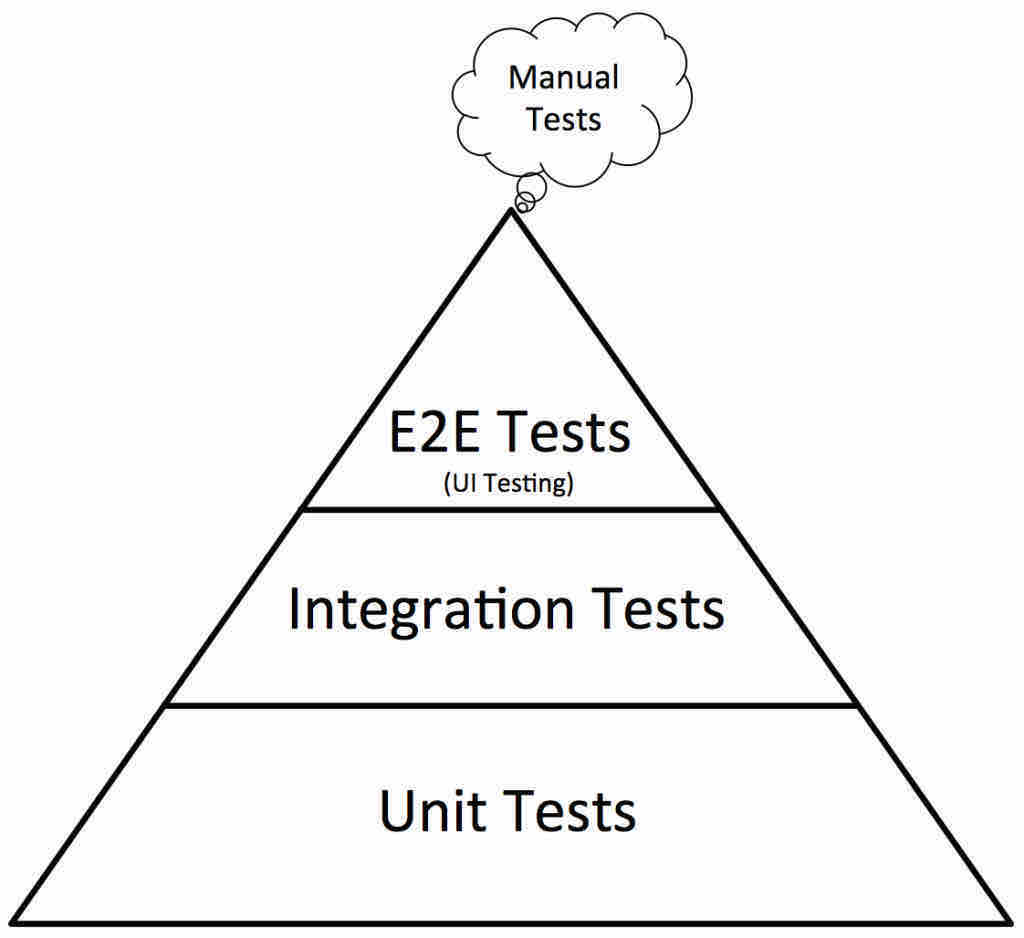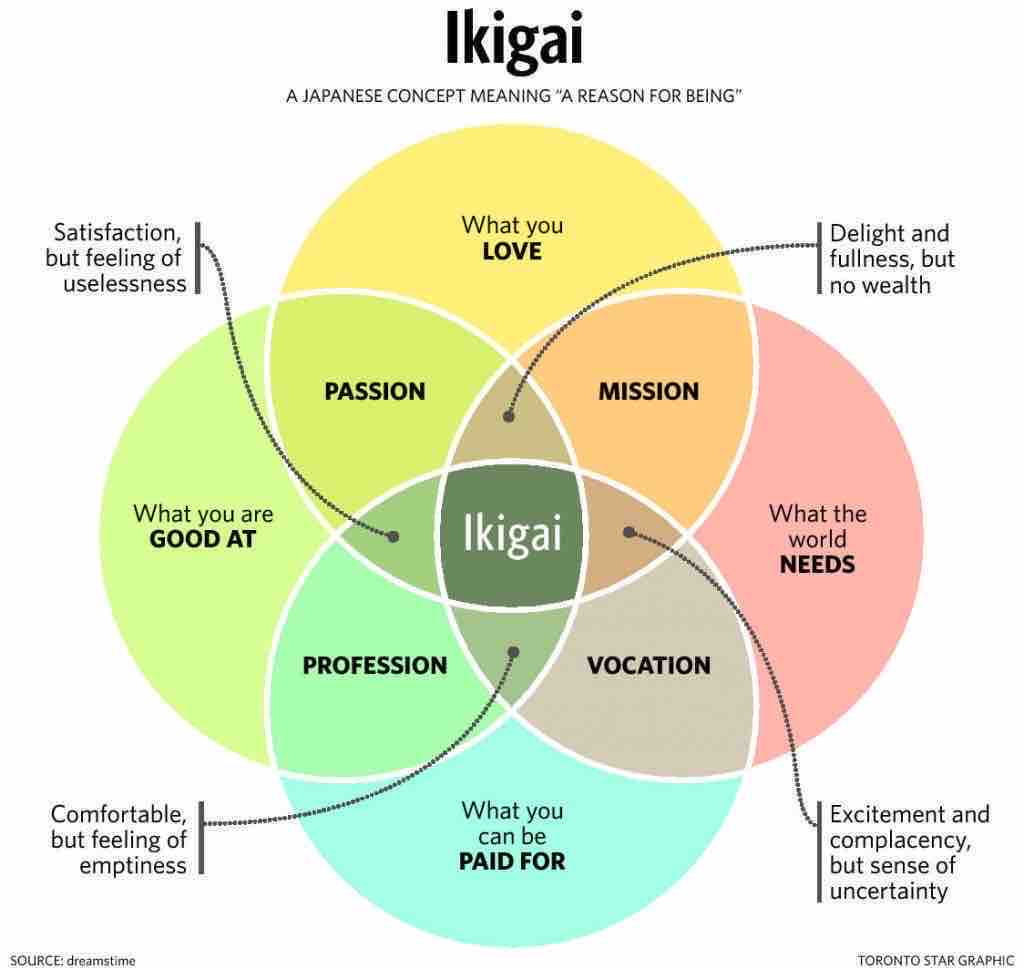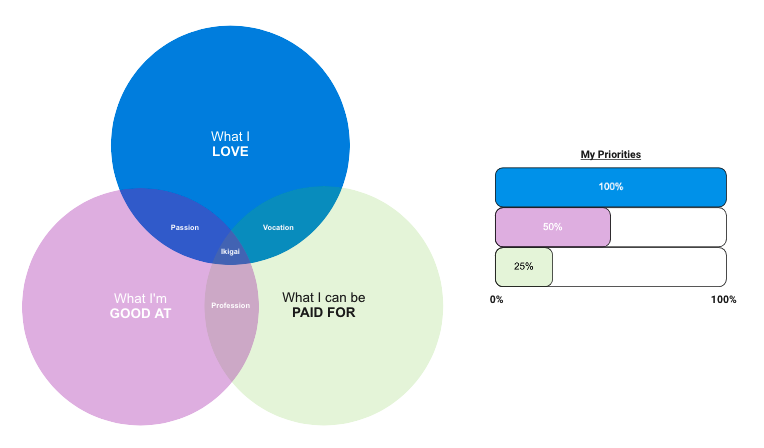In software, and in testing and quality specifically, we have a fondness of using “models” to help our understanding of things. We model user behaviour, we model thought patterns, we model our systems, we model all the things!

And generally, models help us; they set our minds off in a reasonable direction for the thing we are seeking to understand.
What is often overlooked, is that models are simply a guide, not a set of rules. All models are fallible!
In 1960, Georg Rasch said the following.
… no models are true - not even the Newtonian laws. When you construct a model you leave out all the details which you, with the knowledge at your disposal, consider inessential
Models should not be true, but it is important that they are applicable, and whether they are applicable for any given purpose must of course be investigated. This also means that a model is never accepted finally, only on trial.
So why do so many people take a model and try to apply it to their situation, without taking into account “context”?
A great example here is the Test Automation Pyramid model:

So often this model is used as a roadmap for applying automated testing to a system, but with no context applied to it for the system itself.
To demonstrate the fallibility of models, I want to take a world-renowned model known as Ikigai, ask some questions of that model to better understand it’s application and how it might fail in some contexts.
So, what is Ikigai?
Ikigai is a Japanese concept that means “a reason for being”
The word refers to having a direction or purpose in life that makes one’s life worthwhile.
The term “ikigai” actually compounds two Japanese words:
- iki (生き) meaning “life”
- kai (甲斐) meaning “worth” or “benefit” (pronounced “gai”)
This paraphrases as “a reason for living”
According to a study, ikigai as described by the Japanese, usually means the feeling of accomplishment and fulfilment that follows when people pursue their passions.
Activities that allow one to feel ikigai are not forced on an individual; they are perceived as being spontaneous and undertaken willingly, and therefore are personal, depending entirely on a person’s inner self.
According to psychologist Katsuya Inoue, ikigai is a concept consisting of two aspects::
- “sources or objects that bring value or meaning to life”
- “a feeling that one’s life has value or meaning because of the existence of its source or object”.
The Ikigai Model
The concept of Ikigai is often boiled down to the following model diagram:

Each circle depicts value to someone:
- What you love
- What the world needs
- What you can be paid for
- What you’re good at
For some folks, a single one of these circles is enough to live a happy and fulfilled life.
Other people are fortunate enough to combine a couple of these things, and perhaps even live an even happier and more fulfilled life:
- What you love + What the world needs = A Mission
- What the world needs + What you can be paid for = A Vocation
- What you can be paid for + What you’re good at = A Profession
- What you’re good at + What you love = A Passion
The more cross-overs you can find, the happier you will be, according to the model.
At the pinnacle of combining circles, if you can find something that you love, that the world needs, which you can be paid for, and which you’re good at, you will achieve Ikigai - “a reason for being”
So, Ikigai is a thing of wonder, and a positive model for everyone who finds their own Ikigai, right?
I mean a single aspect is “OK”, combining two is “Good”, combining 3 is “Great” and being in a place where you have all 4 aspects is “Perfect”, surely?
Well, not exactly…
All Models are Fallible
You see, none of those individual factors are binary; if you ask someone “Do you truly love every aspect of your job?” the likelihood of getting a reply of “yes, 100% categorically. There’s nothing I would change” is minimal. Likewise the reply is unlikely to be “I 100% hate my job in every way possible and there’s not a single thing I like”
The reality is that everyone will be on a scale of between 0% and 100% from hate to love, and every hour of every day of every week in that job will result in a different percentage figure if that person is asked.
Expanding this out, each of those aspects is also on that sliding scale (or level) from zero to maximum:
- You might love a couple of aspects of the thing you do, or it might be your only desire in life.
- You might be ‘ok’ at the thing, or world-class at it.
- You might be paid barely a minimum wage for the thing, or you might be in the top 1% of the whole planet in salary. In fact, you might be able to be paid for something, but not actually be paid for it (creatives often see this)
- The world might ‘kinda’ need what you do, or it may be something essential to the wellbeing of the whole planet.
Combining these additional “levels”, what if you love making bespoke clothes, are OK at it, and you make back a small margin more than you pay in materials when you sell on eBay (barely profitable), and we know the world needs clothes? You have achieved a combination of all aspects, so is that classed as Ikigai? Is that really a “reason for being”?
You will also have your own needs, and wants in life, and one of those 4 aspects may be more important to you than another aspect. If you don’t have that one most important aspect, are you going to be happy, even if you have all the other aspects from the model?
What if the world needs people to be better with recycling and reuse of things, you’re fantastic at it and you enjoy it, but nobody will pay for what you do? Ikigai?
Or if you’re great at tennis, are paid locally by a company (‘sponsored’) and you’re an essential part of the national tennis team, but you can’t stand playing tennis and were forced into it by a parent (I know someone with this exact scenario!) - Ikigai? A “reason for being”?
Going full Ikigai
Also, underneath the facade of the perfect life, it’s rarely asked what that “ikigai” may be doing to a person on the inside. What is that achievement of Ikigai doing to their mental health? And the knock-on of that on their physical health?
My wife is a superb example of this dichotomy (she’s happy for me to share here) - As a Personal Assistant to several directors in a large corporation, she was “effortlessly efficient” (her boss’s words). She loved her role, she was absolutely phenomenal at it, she got paid well for it, and she was essential to all those she worked with…
And it drove her to the point of burnout!
Ikigai was achieved for her, but it drove her to needing to quit that role, take a career break and settle in a job where she loved what she did, was fantastic at it, got paid a minimum wage, and that the world didn’t really need - She became a professional cake maker and course tutor.
Context is key
This is my favourite phrase of all time. Each and every one of us is an individual, with individual needs, individual hates, individual acceptance levels, individual mental and physical health levels.
Context is key!
Learn about yourself! Learn what your levels are. Learn what drives you and what you’re passionate about. Learn what you can live without. Learn what’s essential for you to be happy in life.
Use all that information to create YOUR version of the Ikigai model, and find something that truly gives you a “reason for being”

EDIT: Even my own perception of the priorities in my model above was completely different to my wife’s view of my priorities (she was correct, so the model now reflects those figures) - Another superb example of the fluidity and context of life.
TL;DR
- Models can be a useful starting point, or guide
- Break a model down into it’s constituent parts
- Ask yourself whether all of those parts (in their current format) are applicable to your situation
- Ask yourself whether modifying the parts might be beneficial
- Modify them until they are applicable
- Re-constitute the model and see whether it fits your context better
